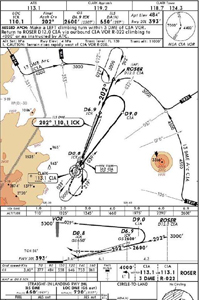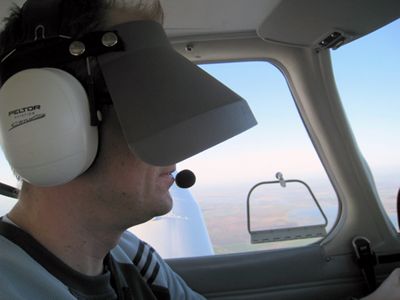Training for the IFR theoretical exam
To abtain an Instrument rating (IFR FAA) you need to pass a theoretical exam and a practical exam, which is also divided into an oral examination followed by a flight test.
The ground classes that Azur Sky organize for the FAA written test consists of 5 full days (9am till 6pm).
Held from Monday morning till Friday night, you will be in group of maximum 4 people, in order to give you the possibility when you need to interrupt to ask questions without compromising the progression of the lesson.
During the ground class, ALL the question bank is reviewed at a low pace in order to allow time for each question to be understood and memorized. This teaching method will make you learn everything you need to succesfully pass the theoretical exam. We do suggest you anyway to spend a week to review on your own the question before attempting the exam.
We currently have a pass rate of 100% first timer, with most of them with great rates. Obtaining a good rate in the theoretical exam is a great strategy, because you will let the examiner know that you already have the required knowledge. The oral portion of the test will be surely harder if you present yourself at the exam with the minimum score of 70% required to pass the written.

The training for the IFR practical test in Europe
We organize the training the IFR FAA in 3 sessions of 5 days each, from Monday morning till Friday night. During this period, you will perform at least 40 hours of instrument flight (simulated or actual).
Based on your needs, it may be necessary to fly more to achieve the necessary experience and proficency level to pass the test. The module work on the basis of a set fee, the additional hours won't be charged for. You will be able to fly as long as you need, at the same price if you don't exceed the number of days per module (3 modules of 5 days).

In conccrete terms, training is conducted in 4 phases:
The basics/radionav phase:
You will learn to look at your instruments! This seems simple, but the bulk of the work during this phase will be for you to concentrate 90% of the time on your attitude indicator, as if you looked outside VFR. Then you'll learn how to develop a visual tour that will make you scan all the instruments, but with a precise method to ensure you never lose sight of the attitude of the aircraft. Once this technique is mastered, we will work on different exercises of radionavigation to understand all the different techniques used in the next step.
The IFR Approache phase
This is where you really get into the heart of the matter! I am sure you have already seen an approach plate, and in this phase, we will dissect everything in detail so you can, in 10 seconds, identify the important elements to be able to fly the trajectories described precisely. And what a pleasure when after so much concentration and mental representation of the position of the aircraft, isolated in this hermetic bubble that became the cockpit, we finally opened our eyes, looking outside 200 feet above the ground perfectly aligned with the runway and the glide slope of an ILS! It's worth taking your IFR for this feelling alone!
The Cross-Country phase
Once approaches are mastered, it is time to get fully into it! This phase is really the fun phase of the training, during which all efforts will find their top reward. We will go to international airports, on small fields with no control tower, abroad, and especially ... in clouds! During this phase you will understand why we need to be trained not to become disoriented in the clouds when the autopilot is not running, and why it is suicidal to go in the soup without having the skills for it. But after a slight period of adaptation, all you have learned during previous phases will crystallize and you will really enjoy it. This phase usually ends with a flight that you prepare by yourself and that you will perform without involvement from the instructor, showing you that you are now able to fly IFR alone!
The Check Ride phase
The final phase will be to simulate the test that you will take a few days after. Unlike a normal IFR flight where you will fly only one approach after a long flight of several hours, you will be asked on the day of examination to fly 3 approaches in less than an hour. Basically, you will fly one approach, then perform a go-around, during which you will prepare for the next approach and so on. It is quite a demanding task, which is why it requires special training, so you're ready on the exam day. Finally, this last phase is also filled by mock oral exams with your instructor to help you remember all the material you have studied so far, giving you the chance to refresh the theory that you have forgotten a little, so that the real exam is only a mere formality. Once passed, you will be proud of yourself, you passed the IFR!

During this period, your instructor will be beside you all the time, from morning to night, everyday, for a full immersion training to make you take full advantage of your course. From theoretical training, pre and post briefing up to the airplane to apply everything you've learned with your professional instructor, to guarantee quality training.
To be eligible to attempt the exam, you will need to demonstrate at least 50 hours of cross-country flight as Pilot In Command. This means landing at an airport located more than 50NM away from the departure airport.
You can perform the training on the airplane of your choice, assuming it complies with the current legislation. If you don't have an airplane available for the desired training, we can rent one of our own, contact us for more information on this matter.
The exam will take place at the end of the third module. The exam cost need to be added to our cost, as well as the transfer cost of the instructor if he is to reach you at your location.









